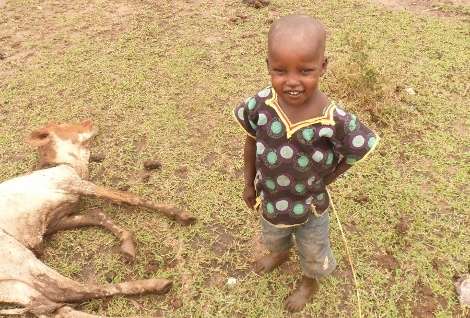OF THE
TIMES
Astrology of the Solvakia assassination attempt [Link]
To move information from short-term memory to long-term memory necessarily requires effort and attention Some psychologists recommend a procedure...
The Vatican is preparing to release a document giving guidance on how to discern supernatural phenomena. Hopefully, this will assist those who...
The Telegraph, of all shabby British tabloids ... Germany may introduce conscription ... Both men and women could be called up ... Or maybe not....
Clif High, who uses a computer algorithm to identify future events, states this announcement will be used to legitmize a space alien...
To submit an article for publication, see our Submission Guidelines
Reader comments do not necessarily reflect the views of the volunteers, editors, and directors of SOTT.net or the Quantum Future Group.
Some icons on this site were created by: Afterglow, Aha-Soft, AntialiasFactory, artdesigner.lv, Artura, DailyOverview, Everaldo, GraphicsFuel, IconFactory, Iconka, IconShock, Icons-Land, i-love-icons, KDE-look.org, Klukeart, mugenb16, Map Icons Collection, PetshopBoxStudio, VisualPharm, wbeiruti, WebIconset
Powered by PikaJS 🐁 and In·Site
Original content © 2002-2024 by Sott.net/Signs of the Times. See: FAIR USE NOTICE

Reader Comments
to our Newsletter